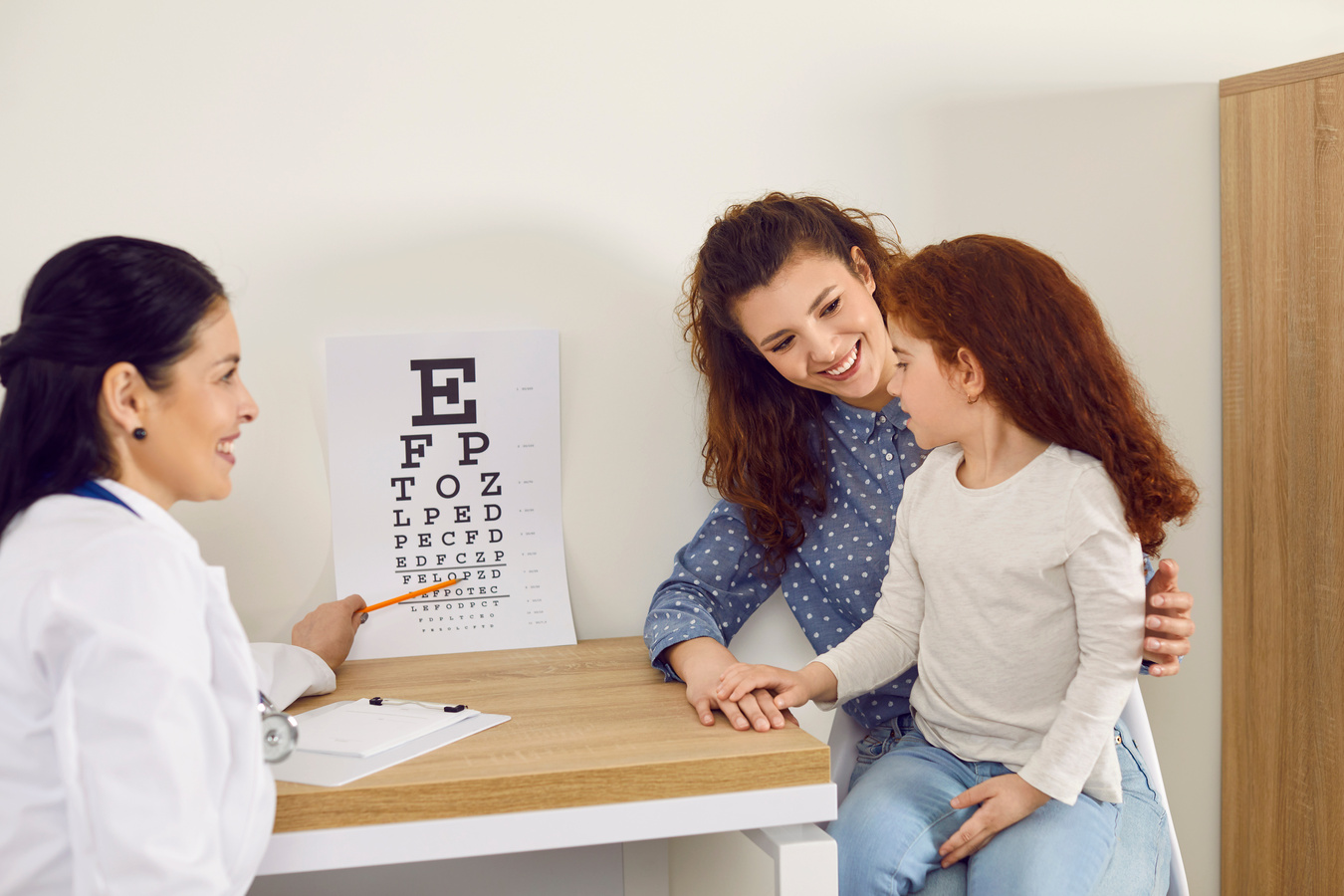
When children can’t see far: What you need to know about myopia
1 Eighty percent (80%) of a child’s learning is through the eyes, yet 1 in 4 children in the U.S. has a vision problem. This leaves kids with poor vision at a major disadvantage. Sixty percent of “problem learners” are believed to actually suffer from undetected or untreated vision problems like myopia.
DEFINING MYOPIA:
Myopia, also known as nearsightedness, is when the eye grows too long and too fast making far away things blurry.
THE INCREASING PREVALENCE AND SEVERITY OF MYOPIA IN CHILDREN
- About three-quarters of children with myopia were diagnosed between the ages of 3 and 12.1
- 42% of children age 5 to 19 have myopia and it’s happening at a younger and younger age.2
- By 2030, nearly half of North America will have myopia.
CAUSES OF MYOPIA:
At some point in childhood, the eye grows longer at a rate that’s too fast, leading to myopia. Genetics is a smaller contribution than previously thought, with lifestyle and environment being a larger player. Spending at least 1 to 2 hours outdoors per day reduces the risk of developing myopia.
MYOPIA LEVELS:
There is no safe level of myopia. But if we can graduate children from high school no worse than -3.00 D, their risk of sight threatening eye health conditions is significantly lower. The younger they are, the faster their myopia gets worse.
LONG-TERM EYE HEALTH IMPACTS:
Ocular tissues change in response to this accelerated eye growth, in many cases stretching and weakening. There is an exponential increase in risk with every unit of myopia.
Leaving myopia untreated may contribute to more severe eye health complications later in life, including:
- Cataracts – a clouding of the lens of the eye that can cause changes in vision. Though cataracts can affect everyone as they age, they often develop sooner in those who have myopia.
- Glaucoma – when the nerve fibers of the eye die sooner due to stress, potentially causing irreversible loss of vision.
- Retinal detachment – occurs when the retina, a thin layer of tissue that surrounds the entire inside the eye, pulls away and often needs urgent repair.
- Myopic Maculopathy – caused by the deterioration of the central portion of the retina, and is a leading cause of severe, irreversible vision loss.
MANAGING MYOPIA:
Identifying myopia (or the risk of developing) with eye exams at age 3, 4, and 5 gives you the best chance at treating for the best outcomes.
Every diopter saved reduces the risk of myopic maculopathy by 37%.
CooperVision’s MiSight® 1 day is the first and only contact lens approved by the FDA* to slow the progression of myopia in children (8-12 years of age at the initiation of treatment).
In addition to helping your child see clearly today, MiSight® 1 day delivers the treatment they need to protect their vision from getting worse as they grow.

